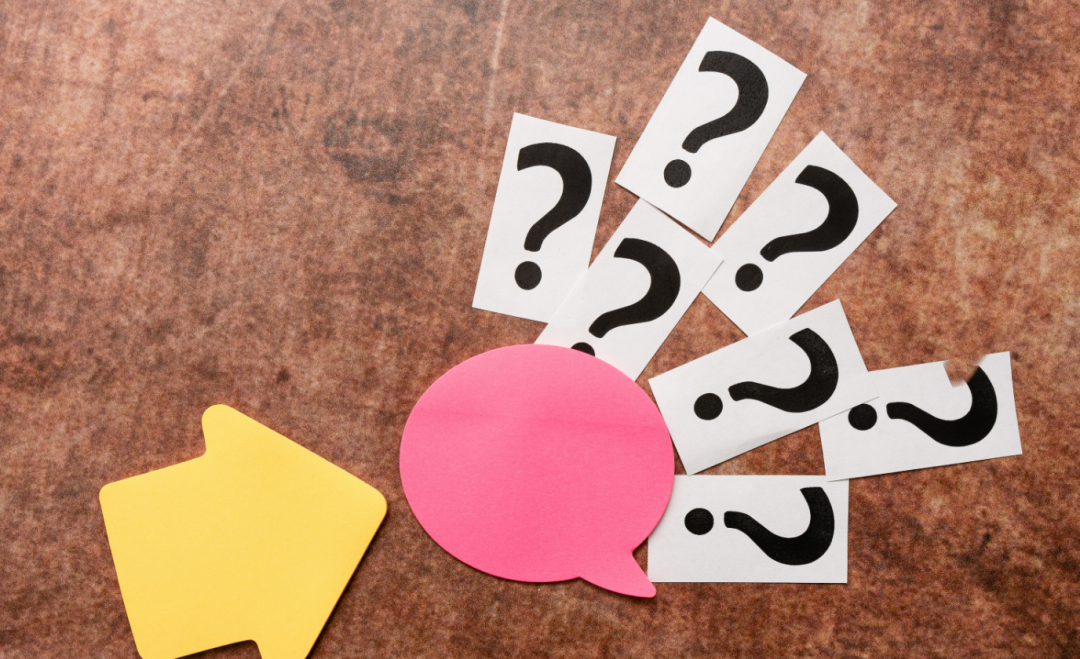

Views: 4549 Author: Nicole Yang Publish Time: 2023-12-26 Origin: Site









Just because the sticker lasts does not mean it is firmly stuck: Why do self-adhesive labels warp and bulge after 24 hours of application?
In recent years, self-adhesive labels have been widely used in product packaging. Self-adhesive labels can be seen on almost all types of product packaging. Self-adhesive labels are prone to problems during the pasting process, the most prominent of which is bulging or warping after labeling. In the next two columns, the author will discuss these two issues in depth with you, hoping to help more label printing companies avoid such problems.
Under normal circumstances, label bulging or warping can be divided into two situations: one is that the warping occurs within 24 hours of labeling, and some severe cases even appear immediately after labeling; the other is that the label warps within 24 hours of labeling. Warping only appeared later. If warping occurs immediately after labeling, production can be stopped immediately and the cause can be analyzed for targeted treatment. However, if the label begins to warp 24 hours after labeling, it will be more troublesome to deal with the problem because some customers have already started to do so. When packing and shipping, if the labels are found to be warped at this time, the delivery time will often be delayed. At the same time, all products with warped labels must be reworked and relabeled, causing greater economic losses to the end users.
Many self-adhesive material manufacturers often say that self-adhesive materials have two concepts: initial viscosity and final viscosity when training printing company personnel. The so-called final viscosity refers to the labeling temperature above the minimum labeling temperature specified by the glue. Leave it for 24 hours after marking, and the glue will fully combine with the surface of the object to exert its stickiness. Generally speaking, if the self-adhesive label does not warp after 24 hours of labeling, it will basically not warp again. However, this is not the actual situation. The author has personally dealt with many cases of labels that gradually warped or peeled after 24 hours of labeling. Drum Complaint Case. Theoretically speaking, 24 hours after the label is applied, the glue has developed its final viscosity and is fully integrated with the surface of the object to be attached. Why does the problem of warping or bulging still occur? Generally speaking, there are mainly the following reasons.

Glue viscosity is not enough
Usually when we test the viscosity of self-adhesive glue, we mainly test two indicators: initial viscosity and sustained viscosity. The methods to test the initial viscosity usually include the steel ball method or the tensile test method. The way to test the stickiness is usually the French code test method, that is, use self-adhesive glue to stick two standard steel plates with hooks, then hang one steel plate on the fixed frame, and put a 2kg weight on the other end. Look at the steel plate below. How long does it last before it falls off? The length of time it continues to hang is used to determine whether the holding power is qualified.
Why should we test the initial tack and holding power of glue? In fact, initial adhesion solves the problem of whether the label can be affixed, and sustained adhesion solves the problem of whether the label can be affixed firmly. In other words, if the label will warp immediately after being affixed to the surface of the object, this means that the initial adhesive force of the glue is not enough. However, if there are no problems 24 hours after labeling, the label will gradually begin to warp or warp after 24 hours. If it bulges, it means that the adhesive force of the glue is not enough.
We know that the surface layer of self-adhesive labels has a certain stiffness. Usually, the thicker the surface layer, the greater the stiffness. Especially the labels after lamination are more stiff. In practical applications, many labels are affixed to curved surfaces, such as self-adhesive labels affixed to the surface of a barrel. Since the object to be affixed is a curved surface, the self-adhesive label is flat, and the surface layer of the label has a certain The stiffness of the label. The superposition of these factors will cause the surface layer of the label to form a reverse tension under the influence of its own stiffness. This reverse tension is constantly fighting with the cohesion of the glue. If the glue's If the cohesive force is less than the reverse tension of the label, the label will gradually warp or bulge 24 hours after labeling. The adhesive force of the glue is an important indicator of the cohesion of the glue. If the adhesive force is insufficient, it often means that the cohesive force of the glue is insufficient. Generally speaking, the internal bonding force cannot resist the reverse tension of the surface layer, causing the glue to delaminate and ultimately cause the label to warp. We can observe that if a label becomes warped after 24 hours of labeling, residual glue will often remain on the surface of the object to be attached when the label is removed. This indicates that the glue has delaminated under the pull of the reverse tension of the label.
In summary, the adhesive force of the glue is an important indicator of the stickiness of the self-adhesive label, which will directly affect whether the label can be stuck firmly. If the glue has insufficient holding power, it is likely to cause the label to warp after a period of time. Therefore, it is recommended that label printing companies must pay attention to this indicator, purchase testing equipment to test the initial viscosity and sustained viscosity of each batch of non-drying collagen materials, and judge this batch based on the factory inspection report provided by the material supplier. Whether the self-adhesive material is suitable for use.

Combined with the actual production situation of label printing companies, the following issues are specifically explained:
(1) Many self-adhesive manufacturers have relatively loose standards for holding adhesion. Sometimes a material has been used for several batches without problems, but suddenly one batch has labels that are warped, and the supplier says after testing. The self-adhesive material complies with factory standards. In this case, the stickiness value of the batch of self-adhesive materials in question is often at the lower limit of the qualification standard, while the stickiness value of the previous batches of self-adhesive materials may be at the mid-to-upper limit of the qualification standard. It cannot be said that the supplier's self-adhesive materials are unqualified. It can only be said that materials with lower viscosity are not suitable for customers' applications. In order to avoid the losses caused by this situation to label printing companies, label printing companies need to keep detailed records of the tackiness value of each batch of incoming materials. Once the tackiness value of a certain batch of self-adhesive materials is found, The values are lower than those of previous batches. It is recommended to use it with caution. It is best to communicate with the raw material supplier before use.
(2) The adhesion test requires a certain amount of time, usually 24 to 48 hours. Some label printing companies have never expected that the printing processing time will be tight. If they wait for the adhesion test results to come out, it will be too late to start production. At this time, it is recommended to test and produce at the same time. This is also a no-brainer. Generally speaking, after the production is completed, the test results are almost out. Based on the test results, it is judged whether the batch of materials has application risks. If there is no risk, it will be released. If there is a risk, it will be controlled and not shipped to avoid causing greater harm. loss.
(3) The order structure of some label printing companies is relatively complex, and it is impossible to conduct adhesion tests on every variety and every batch. In this case, it is recommended to conduct adhesion tests on key customers or key orders to ensure that To avoid large losses to enterprises due to unqualified adhesion, simply put, "grasp the big and let go of the small."
Thank you for your attention.
If you have any interests about it, pls contact us freely.
Attn:Nicole Yang
Whatsapp/WeChat:+0086 13643845413
Email:sales08@dtpapergroup.com
Website:www.dtpapergroup.com